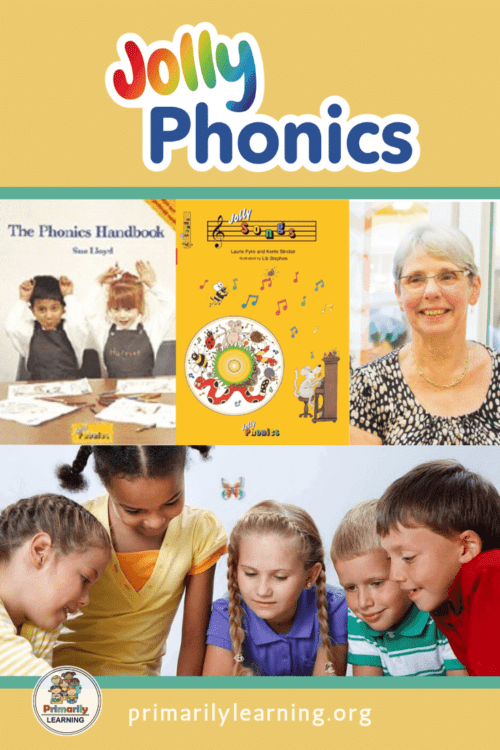

Proven Jolly Phonics Methods for Reading and Writing
Jolly Phonics introduces all the letter sounds, accompanied by an action, song, and storyline for each of the 42 sounds in the English language.
It is an enjoyable, multi-sensory program designed to teach learners how to ‘crack the code’ of English.
- Children tend to experience greater success in learning to read and write.
- Engages the imagination of young minds, leading to productive learning.
- Jolly Phonics enables early learners to become successful readers and writers.
Who is Jolly Phonics for?
- Effective for Parents and Homeschooling.
- Use this program for a whole year in both preschool and kindergarten.
- You may use this program alone or in conjunction with other literacy programs already in place.
Find out what happened at O’Sullivan Beach Primary School when they introduced Jolly Phonics! Jolly Phonics 2013
Jolly Phonics provides a thorough foundation for reading and writing. It teaches the letter sounds in an enjoyable, multi-sensory way and enables children to use them to read and write words.
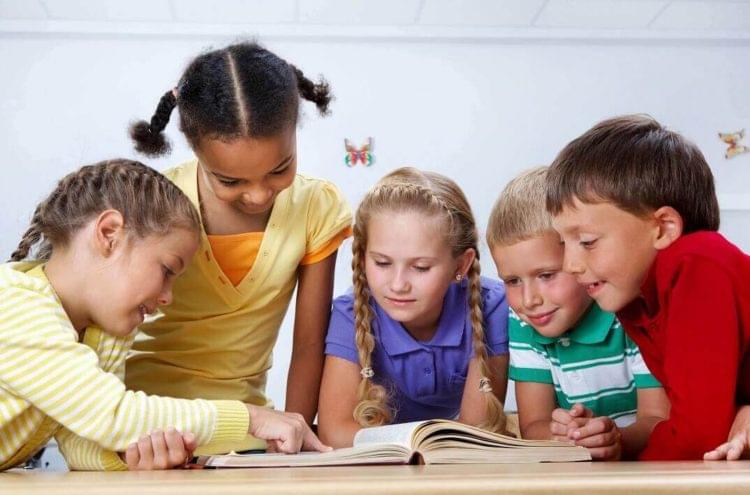
The Jolly Songs are short and explicit ‘piggyback songs’.
Each sound is isolated within the verse.
They make great transition songs!
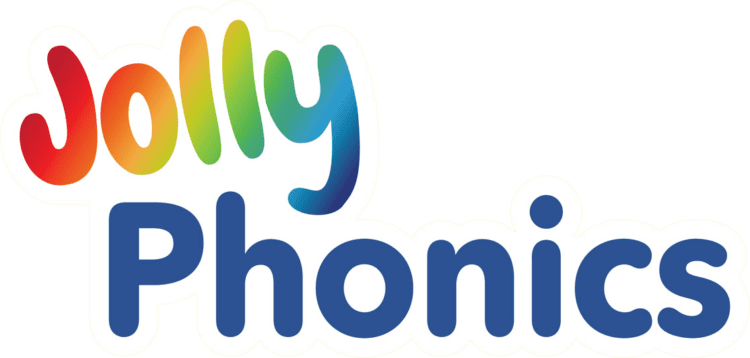
ISBN-10: 1844140695
ISBN-13: 978-1844140695
Jolly Songs by Laurie Fyke and Kerrie Sinclair
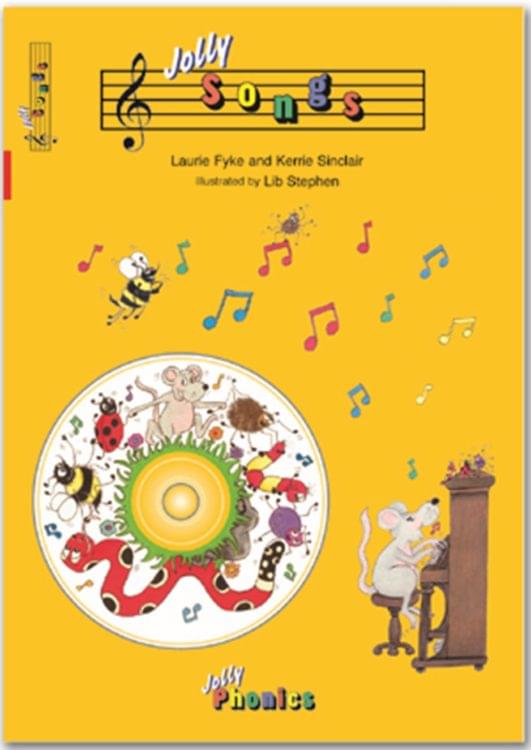
Sample Songs:
/s / – tune: The Farmer in the Dell
The snake is in the grass.
The snake is in the grass.
/sss/! /sss/!
The snake is in the grass.
/a / – tune: Skip to My Lou
/a/- /a/! Ants on my arm.
/a/- /a/! Ants on my arm.
/a/- /a/! Ants on my arm.
They’re causing me alarm.
/t/ – tune: The Muffin Man
When I watch the tennis game,
/t/-/t/-/t/, /t/-/t-/t/.
… when I watch the tennis game,
my head goes back and forth.
A 3-year-old can sing the songs! He can remember a sequence of words and repeat them! Auditory Processing is Important, and many games and activities develop this skill. Visual Discrimination also plays a role.
At first, the children isolate the sound without identifying the task. As a result, brain connections are being established. Using the sounds of our language, young children experience hearing a sequence of sounds that create a word (/s/-/t/-/o/-/p/)… then blend them together to make the word (“stop”). Children also learn to identify sounds in words (e.g., run … the sounds are /r/-/u/-/n/). The following steps are to begin connecting the sound to the printed letter on each page of the songbook and then printing the letter(s) that make the sound.
See it. Say it. Print it.
Once the sound-letter connection has been firmly established, children blend familiar sounds to read words in the reading process, and segment sounds they hear to record words in the writing process.
Add tricky words, and finally, the children will read and write with increased fluency and greater comprehension, using sounds they have been taught!
NOTE: The same skills and teaching practices can be applied when teaching or learning about the French Language.
As a Jolly Phonics Trainer (since 2002), I often had teachers and parents ask about high-quality, low-cost resources to complement the Jolly Phonics program. I frequently shared resources I had created for my students, and in turn, decided to become a teacher-author at Teachers Pay Teachers.
Please note: Most products are available in print letters or the Sassoon Font. Some products are in Open Dyslexic Font OR Sassoon Font.
Wishing you all a most amazing day! Laurie Fyke
You may want to check out these Phonic Products:

- Word Bank supports Jolly Phonics Sounds
- Sound Reference Desk Charts
- Big Letters and Sounds Flashcards complement Jolly Phonics
- Slider Words – Phoneme Segmentation and Blending Activities support Jolly Phonics
- Flip, Read & Spell – Phoneme Blending & Segmenting – Colors, Numbers, Family
- Hollow Letters complement Jolly Phonics
- Phonics Flash Cards – 42 Letter and Sound Cards support Jolly Phonics
- Phonics Letters and Sounds Flashcards

Sight Words, Dictionary, and Emergent Readers!
- Flip, Read, and Spell 124 Common Nouns – Phoneme Blending and Segmenting support Jolly Phonics
- Sound Books that complement Jolly Phonics
- Phonics for Kids BUNDLE
- Look, Say, Cover, Write Check- Sight Word Practice complements Jolly Phonics
- Sight Word Flash Cards support Jolly Phonics
- Sight Word Work BUNDLE
- Personal Dictionary for 220 Sight Words, 84 Nouns, and more complements Jolly Phonics
- Nursery Rhymes: Story Sequence Reading Response

Handwriting, Grammar, and Alternative Spellings!
- Let’s Print – Handwriting Practice for Kindergarten and 1st Grade supporting Systematic Phonics.
- I Can Read and Write: Emergent Readers 1-18 – BUNDLE
- Syllable Completion
- Spell and Print – Sound Recognition & Handwriting for the Opaque Alphabet | Alternative Spellings: Long Vowel Sounds support Jolly Phonics
- Also available in Alternative Spellings: MEGA BUNDLE; The Schwa Effect, Consonants; Digraphs and more; Silent Letters; Double Letters; Soft c, Soft g; Magic ‘e’ Words; Short Vowel Sounds FREE
- Auditory Processing Task Cards
- Compound Words Mega BUNDLE
- Grammar Songs- BUNDLE supports Jolly Grammar
- b and d Reversals Tips and Activities
Overview of Jolly Phonics by Sue Lloyd in Educational Links and Resources!
Check out Sue Lloyd’s Web Training in Educational Links and Resources!
Jolly Phonics, a systematic/ synthetic phonics program (sounding out all through the word), provides a thorough foundation for reading and writing. It teaches 42 sounds in a multi-sensory, fun way that enables children to use them to read and write words. You will find that Jolly Phonics is effective as a stand-alone program but also fits in well with broader-based literacy programs. All of the material is suitable for use in school. Much of it is also well-suited for use at home.
The five basic skills emphasized in Jolly Phonics are:
- Learning the letter sounds
- Letter Formation
- Blending
- Identifying sounds in words
- Spelling irregular or `tricky’ words (said, was, the, etc.).
Independent studies have found that, after one year, children taught with Jolly Phonics have an average reading age twelve months ahead of their chronological age. Their spelling age is usually slightly further ahead. Boys typically do as well as girls.
1. Learning the Letter Sounds
In Jolly Phonics, you teach the 42 main sounds of the English language. The sounds are in seven groups. Some sounds (digraphs) are written with two letters, such as /ee/ and /or/. Note that /oo/ and /th/ can make two different sounds, as in book and moon, that and three. To distinguish between the two sounds, these digraphs are represented in two forms. This is shown below.
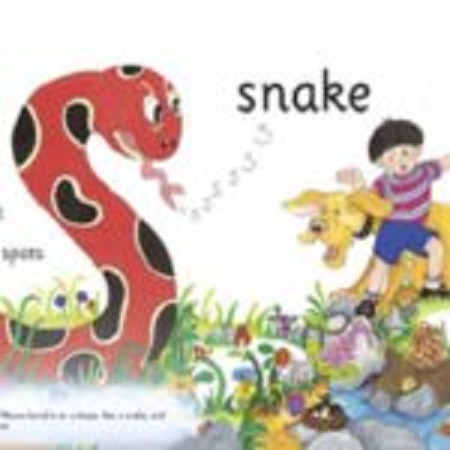
Jolly Phonics uses Actions.
Each sound has an action that helps children remember the letter(s) it represents. As a child progresses, you can point to the letters and see how quickly they can do the action and say the sound. Teach one letter sound each day. As a child becomes more confident, the actions are no longer necessary.
Begin with Letter Sounds
Children should learn each letter by its sound, not its name. For instance, the letter a should be called /a/ (as in ant), not /ai/ (as in aim). Similarly, the letter n should be /nn/ (as in net), not en. This will help in blending. The names of each letter can follow later.
7 Letter-Sound Groups in Jolly Phonics
You will notice that the letters are not introduced in alphabetical order. The first group (s, a, t, i, p, n) makes simpler three-letter words than any other six letters. Additionally, the letters /b/ and /d/ are introduced in separate groups to prevent confusion.
Alternative Spellings
Sounds that have more than one spelling are initially taught in only one form. For example, the sound /ai/ (rain) is taught first, and then the alternatives /a-e/ (gate) and /ay/ (day) follow later.
2. Learning Letter Formation

Pencil Grip
It is very important that a child holds a pencil correctly.
The pencil is held in the ‘tripod’ grip… between the thumb and first two fingers. This grip is the same for both left and right-handed children. If a child’s hold starts incorrectly, it is very difficult to correct later on.
Letter Formation
A child needs to form each letter correctly. The letter /c/ is introduced in the early stages as this forms the basic shape of some other letters, such as /d/. Particular problems to look for are:
- the /o/ (the pencil stroke must be anti-clockwise, not clockwise),
- /d/ (the pencil starts in the middle, not the top),
- /m/ and /n/ (there must be an initial downstroke, or the letter /m/ looks like the McDonald’s arches).
Jolly Phonics Videos and Finger Phonics Books
The Jolly Phonics Videos and Finger Phonics books show the correct formation of each letter. A good guide is to remember that no letters start on the line. In time, a child will need to learn joined-up (cursive) writing. It helps improve writing fluency and spelling. When words are written in one movement, it is easier to remember the spelling.
The Jolly Phonics Videos and Finger Phonics books show the correct formation of each letter. A good guide is to remember that no letters start on the line. In time, a child will need to learn joined-up (cursive) writing. It helps improve writing fluency and spelling. When words are written in one movement, it is easier to remember the spelling.
3. Blending
Jolly Phonics teaches Blending the Sounds
Blending is the process of saying the individual sounds in a word and then running them together to make the word. For instance, sounding out d-o-g. It is a technique every child will need to learn, and it improves with practice. First, you should sound out the word and see if a child can hear it… answering if necessary. Some children take longer than others to grasp this concept. It is easier if the first sound is said slightly louder. There are lists of suitable words in The Phonics Handbook and the Jolly Phonics Word Book.
Blending Digraphs
Remember that some sounds (digraphs) have two letters (i.e.,/sh/). Children should sound out the digraph (sh), not the individual letters (s-h). With practice, they will be able to blend the digraph as one sound in a word. (e.g., rain is /r-ai-n/, and feet is /f-ee-t/. This can be challenging to start with and requires practice.
Blends
You will find it helpful to be able to distinguish between a blend (such as “st”) and a digraph (such as “sh”). In a blend, you will hear two sounds, /s/ and /t/. In a digraph, this is not so. Compare mishap (where both the /s/ and /h/ are sounded) and mid-ship (with a separate /sh/ sound). When sounding out a blend, encourage children to say the two sounds as one unit, so fl-a-g, not f-l-a-g. This will lead to greater fluency when reading.
Sight Words / Tricky Words
Some words in English have irregular spellings and cannot be read by blending, such as said, was, and one. Unfortunately, many of these are common words. The child has to remember the irregular parts. These are ‘tricky words’.
4. Identifying Sounds in Words
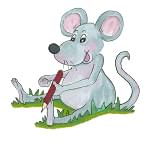
Jolly Phonics teaches the children how to segment the Sounds for Writing
One of the easiest ways to know how to spell a word is to listen for the sounds in that word. Even with tricky words, understanding letter sounds can be helpful.
Play Games
Start by having your child listen for the first sound in a word. Games like I-Spy are ideal for this. Next try listening for the end sounds, as the middle sound of a word is the hardest to hear.
Tap out the Sounds
Begin with simple three-letter words such as cat or hot. A good idea is to say a word and tap out the sounds. Three taps mean three sounds. Say each sound as you tap. Take care with digraphs. The word fish, for instance, has four letters but only three sounds, f-i-sh.
Jolly Phonics teaches the children how to segment the Sounds for Writing
One of the easiest ways to know how to spell a word is to listen for the sounds in that word. Even with tricky words, understanding letter sounds can be helpful.
Play Games
Start by having your child listen for the first sound in a word. Games like I-Spy are ideal for this. Next, try listening for the end sounds, as the middle sound of a word is the hardest to hear.
Tap out the Sounds
Begin with simple three-letter words such as cat or hot. A good idea is to say a word and tap out the sounds. Three taps mean three sounds. Say each sound as you tap. Take care with digraphs. The word fish, for instance, has four letters but only three sounds, f-i-sh.
5. Spelling the Tricky Words
There are several ways of learning tricky spellings:
1) Look, SAY, Cover, Write, and Check.
Look at the word to see which bit is tricky. SAY the word and listen to the sounds. Ask the child to try writing the word in the air while saying the letters. Cover the word over and see if the child can write it correctly. Check to make sure.
2) Say it as it sounds.
Say the word so each sound is heard. For instance, the word was is said as ‘wass’, to rhyme with mass, the word Monday is said as ‘Mon-day’.
3) Mnemonics.
The initial letter of each word in a saying gives the correct spelling of a word. For instance, laugh – Laugh At Ugly Goat’s Hair.
4) Joined-up writing
Using joined-up writing also improves spelling.
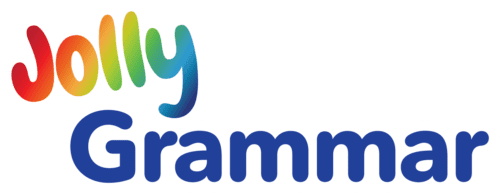
Jolly Grammar is the next stage, after the teaching of Jolly Phonics.
Jolly Grammar 1
There are 36 explicit lessons to teach a wide range of language forms, including the parts of speech, in Jolly Grammar 1. Included are lessons for plurals – regular and irregular; punctuation; and simple verb tenses… past, present, and future. 36 lessons are also provided to teach a range of spelling rules. There is also a review of the 42 sounds in our language and their alternate spellings. This program takes part of the time devoted to English. It provides the ‘language’ rather than the ‘literature’ element. For the ‘literature’ element, children will read storybooks, such as The Jolly Readers.
Grammar Handbooks
There are Jolly Grammar Handbooks available up to Grammar 6!
Together with Jolly Phonics, they offer a course for primary school instruction over several years. (Use Grammar 6 for children aged 10-11.) As a result, children are developing the reading and writing skills required for greater comprehension and enjoyment of our language.
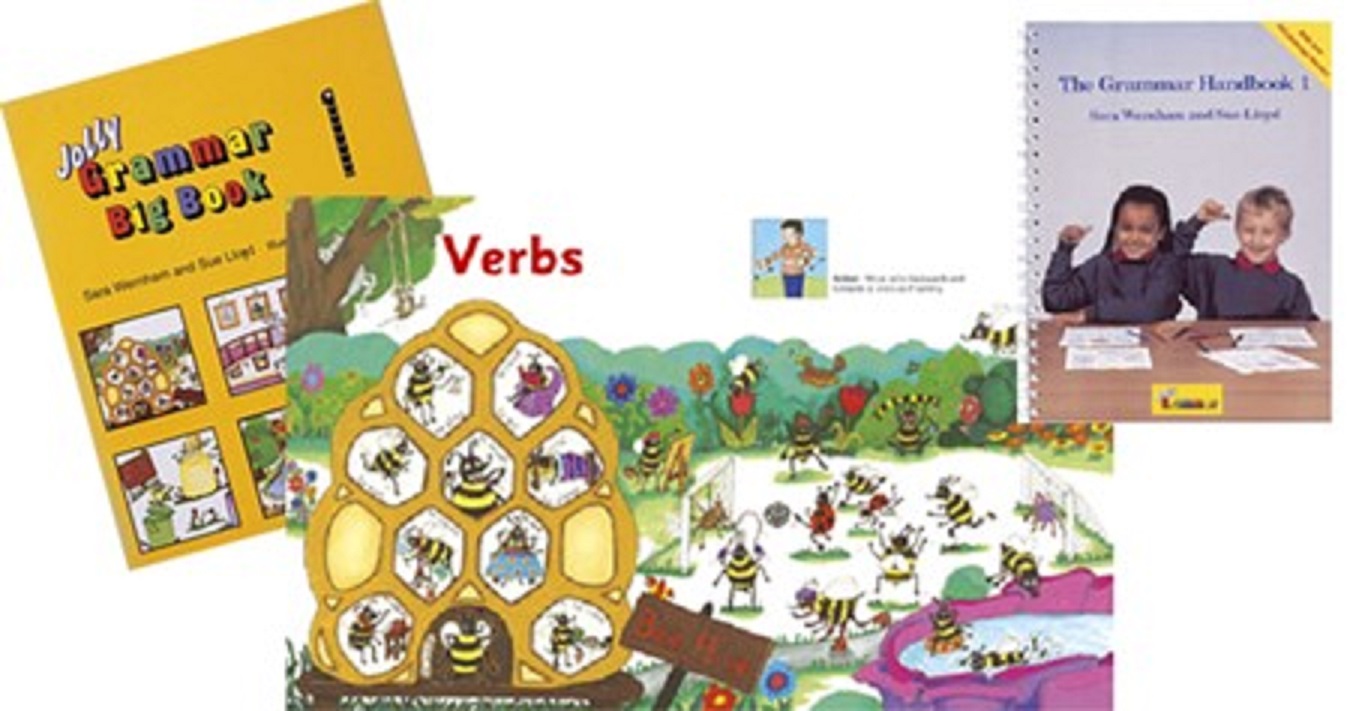
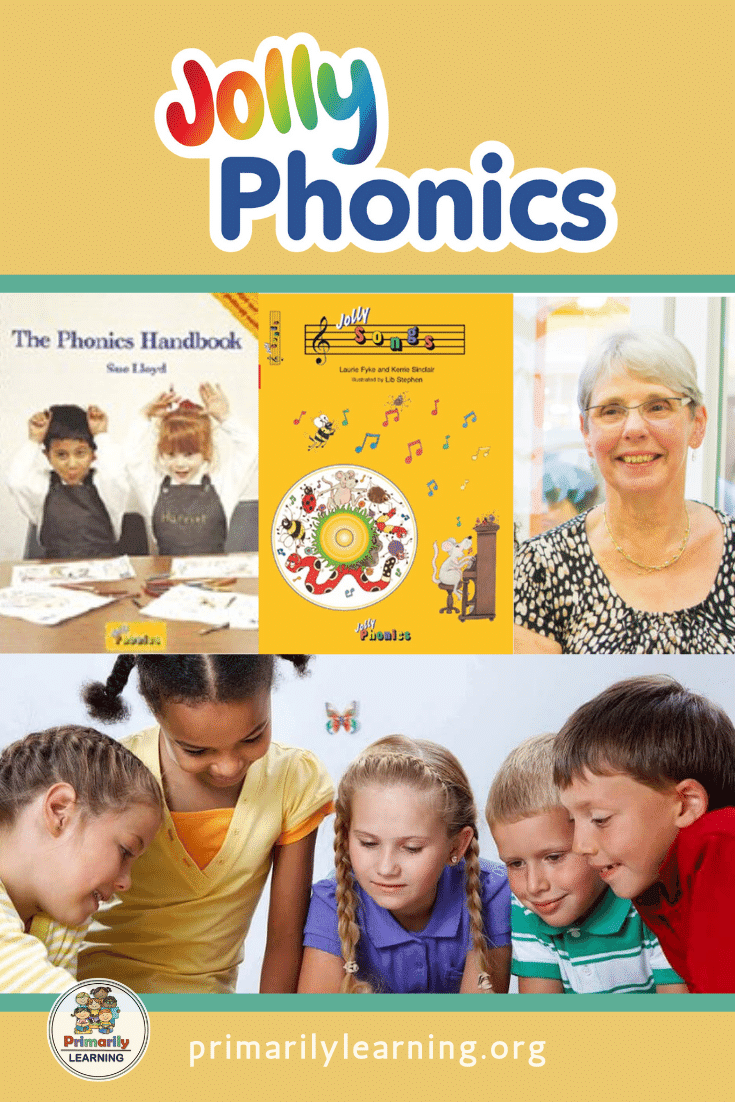
Visit the official Jolly Learning Website to:
- Learn more about Sue Lloyd and Sara Wernham when you Learn About the Authors.
- Read evidence-based Research and follow case studies.
- Check out: Connections to the Common Core
- Check out the new Catalog!
- Get Teacher Resources at Jolly Learning. You will find both FREE and paid resources and ideas!
- Hear the Audio tracks for each of the 42 sounds of the English Language.
- Get Free Parent Teacher Guides for Jolly Phonics from the Jolly Learning Website.
| Laurie Fyke is a Certified |




